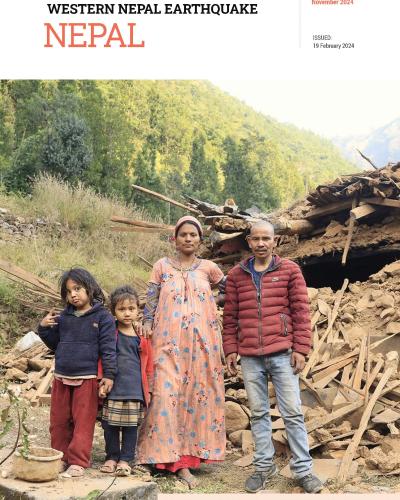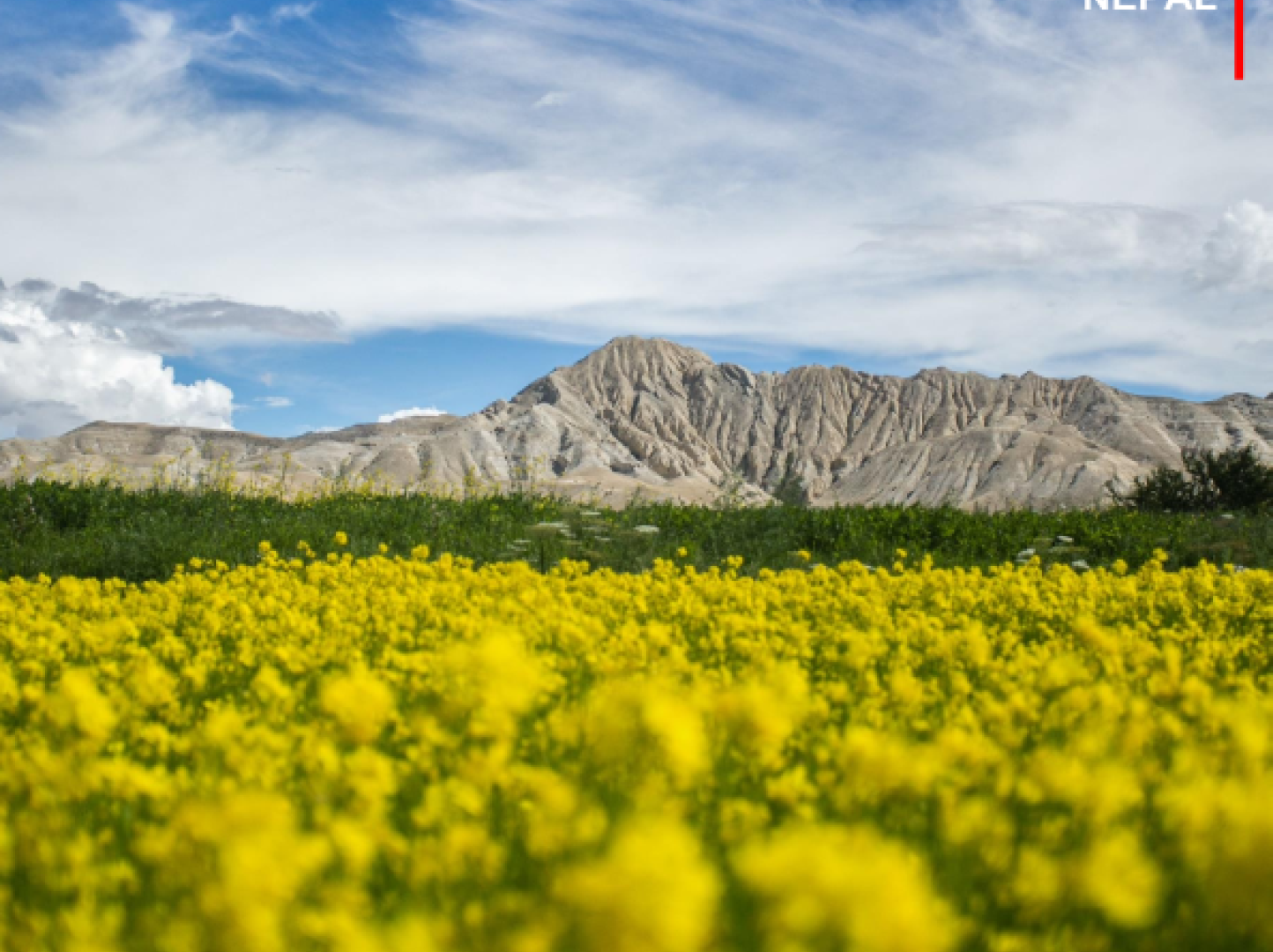Joint Recovery Action Plan - Western Nepal Earthquake

Overview of the Crisis:
Most affected were rural communities living in remote areas with existing vulnerabilities. Families set up temporary shelters next to damaged homes facing harsh winters with local materials where old age people, infants, and lactating mothers succumbed to respiratory illnesses. Public health authorities warned of disease outbreaks, and access to water, sanitation, education, and health services was disrupted. The government is now focusing on recovery and reconstruction, with ongoing needs for economic support to rebuild homes and livelihoods. Sustained support is required for resilience against future natural hazards.
Recovery Strategy
Karnali Province, the largest and least populated in Nepal, faces multiple natural hazards and socioeconomic vulnerabilities. Its economy relies on subsistence farming, and it has chronic food insecurity. Health indicators lag behind national averages, with high maternal mortality and low rates of facility births and skilled providers.
With these socioeconomic realities of Karnali Province, the Joint Recovery Action Plan (JRAP) was developed aiming to bolster the ongoing Government reconstruction and recovery plan where humanitarian needs remain, and due to the province’s susceptibility to natural hazards, build back better to strengthen resilience before the next disaster. The plan aims to ensure the continuation of basic service delivery, livelihood support, shelter winterization, and more durable solutions beyond simply lifesaving for a period of six to twelve months. The goal of this plan is to build resilience and preparedness before future disasters.
Funding and Impact
The JRAP targets USD 96 million to support 250,000 people across various clusters, including:
- Camp Coordination and Camp Management (CCCM)
- Early recovery
- Education
- Food Security
- Health
- Nutrition
- Protection
- Shelter
- Water, Sanitation, and Hygiene (WASH)
- Multipurpose Cash and Voucher Assistance (CVA)
This plan will be implemented in coordination with federal, provincial, and local governments, focusing on building back better, social inclusion, gender equality, and green and resilient recovery. It prioritizes the needs of persons with disabilities, the elderly, women, and children.














